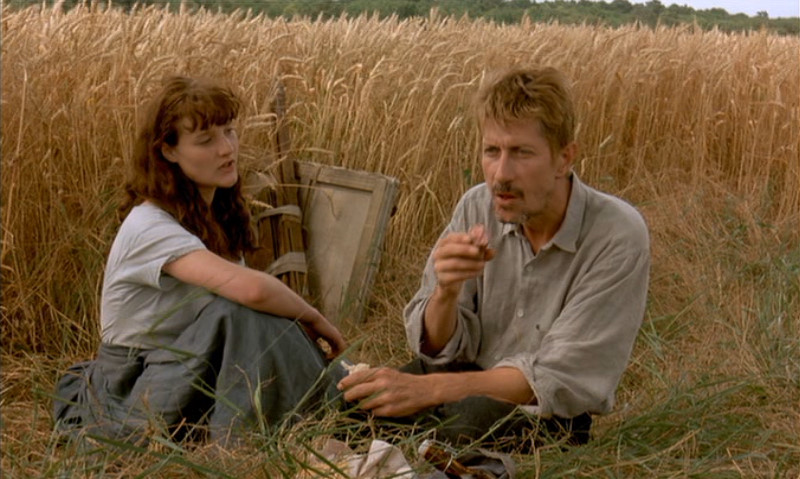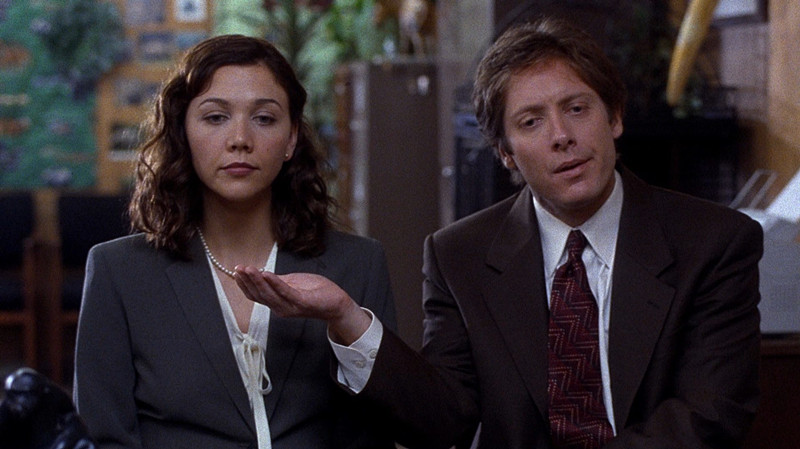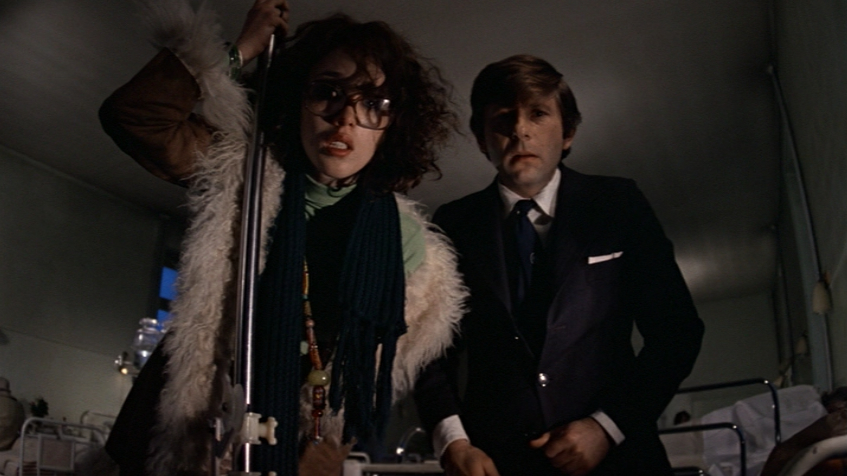6. Personal Shopper (2016)

Personal Shopper is one of the few films released in recent history that has the odd combination of fashion, and the supernatural as its primary themes. If you like the strange pairing, Personal Shopper takes things a step further.
In Phantom Thread the spiritualism is a backdrop, with the bulk of the imagery occurring in a sequence in the latter half of the film. In Personal Shopper, it is a major part of the film; Olivier Assayas explores the connection between clothing, identity, and where our loved ones go when they pass away.
7. Listen Up Philip (2014)

One of the main aspects of Phantom Thread that has been written and talked about extensively is Paul Thomas Anderson’s choice of depicting “toxic masculinity.” The character type of the person who is famous for their work, but terrible at almost everything else is explored through Daniel Day-Lewis’ cold portrayal of Reynolds Woodcock.
In Alex Ross Perry’s Listen Up Philip, the same type of character is explored through Jason Schwartzman’s performance as a callous man who treats the people closest to him poorly. Philip is a self-obsessed writer that would be easy to ignore if he weren’t so talented at what he does. Like Paul Thomas Anderson’s film, what Alex Ross Perry pulls off remarkably well here is the film’s ability to shift the focus on different characters.
In Phantom Thread, the film is never just Reynolds’. Similarly, in Listen Up Philip, we see not only Philip’s behaviour but the effects it has on the people around him. It’s a great portrait of a “tortured artist” and whether or not that is a justifiable excuse.
8. Van Gogh (1991)

Van Gogh is another great film about an obsessive artist. Everyone has heard the stories about the man who was so tortured he cut his ear off: none of that is surprising. What makes Maurice Pialat’s film so unique is that it does not take the easy biopic approach. Instead of going for the sensational film, Pialat chooses to ignore the milestones in Van Gogh’s life. What we get is a complete depiction of an artist; his interpersonal skills are limited, and he manages to waste just as much time as he spends working.
Van Gogh works because it avoids covering the obvious ground of showing “the artist at work.” This is also what makes Phantom Thread so unique: it’s not a film about “fashion” as much as it’s a film about a fashion designer’s life surrounding his work.
9. Secretary (2002)

Phantom Thread has been written about as being a film that dips its toes in the theme of BDSM. If someone were to hear that and watch Phantom Thread on the basis of that recommendation alone, they might be disappointed. Phantom Thread features an atypical relationship, but it isn’t solely a BDSM film.
On the other hand, Secretary is commonly used as an example of a film that features a power dynamic. It speaks volumes that the film is just under two decades old and it’s still being referred to as one of the best examples of dominance and submission onscreen. And like Phantom Thread, aside from seeing behaviour onscreen that is not considered “standard,” Secretary also happens to feature a well told love story.
10. The Tenant (1976)

Roman Polanski’s paranoid thriller/horror film, the third in his “Apartment Trilogy” is being included on this list because it features the same sense of the gothic style Phantom Thread has. Both films feature the idea of “the indoors” as a source of profound mystery. Like Polanski’s other films in the trilogy (Repulsion, and Rosemary’s Baby), The Tenant has a simple premise: the idea that we can be encumbered by what is supposed to make us feel safe.
The famous phrase “the things we own end up owning us” can be seen clearly in films like The Tenant and Phantom Thread: what is a person to do when the things that are supposed to feel “right” end up turning against them? In Phantom Thread this concept is seen through love (and the House of Woodcock, to a certain extent), and in The Tenant it’s shown through the main character’s apartment leading to his own psychosis.